Review: Pioneer SGY-PM900H90 power meter
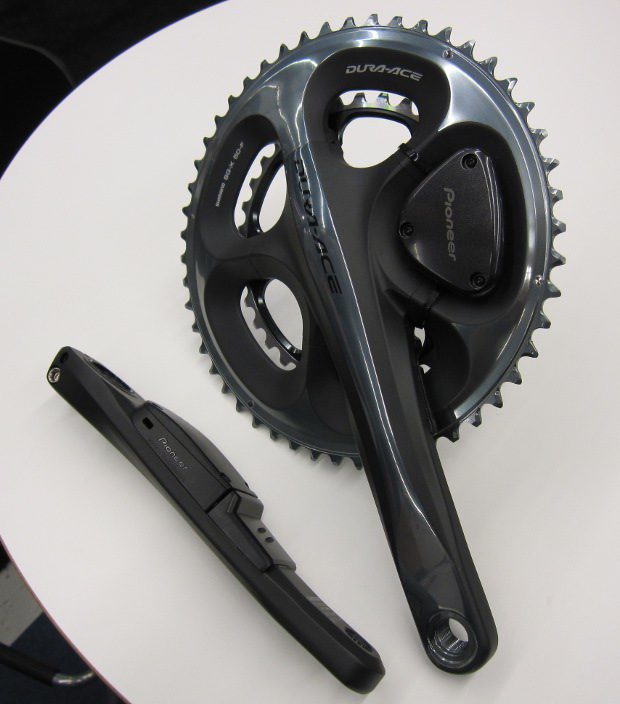
by Matthew Pioro

I first caught a glimpse of the Pioneer SGY-PM900H90 power meter at 2013ís ExpoCycle in Montreal. Like many, my reaction was, ìPioneer? The stereo guys?î But as Frank D’Angelo, marketing manager of Pioneer Electronics of Canada, argues, it makes perfect sense that the brand released a crank-based power meter and head unit. ìA lot of it has to do with understanding data and transmitting data,î he said. The power meter is simply a collection of technologies that the company has been involved with for a long time.
With the second generation of the power meter scheduled to land in mid-March, I thought Iíd share my impressions of Pioneerís first stab at the machine, and where the product is heading.
SGY-PM900H90 Power Meter Installation
Putting Pioneerís SGY-PM900H90 (for Shimano Dura-Ace 9000 cranks, SGY-PM900H79 for Dura-Ace 7900/7950 cranks) on the bike is not DIY job. The strain gauges, which measure radial and tangential forces on each crank arm, need to be affixed with a heavy duty adhesive. Itís a job for qualified wrench.
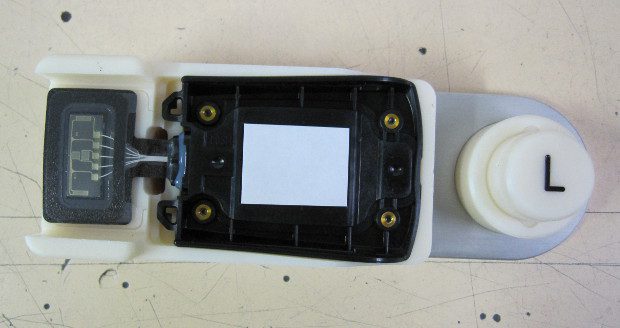
While you can use standard Dura-Ace cranks, they need to be paired with a proprietary bottom bracket. The part accommodates two rings with 12 magnets each. As the cranks rotate, each magnet allows the system to capture the force at its location.
Once the system is assembled, including the head unit mounted on the handlebars, it needs to be calibrated. As with the installation, this is a job for an expert. In my case, D’Angelo hung a 10 kg weight (9.59 kg to be exact) from each pedal at the 6 oíclock and the 3 oíclock positions. The weight produced a force of 93 N, which was locked into the computer.
Bike Compatibility
Pioneer is expanding the cranks that its power meter can use later this year. Its new model is also going to be compatible with a greater range of frames. My installation of the first generation power meter was nearly stymied by the Di2 battery attached to the left chainstay. Attaching the strain gauges to each crank adds more girth to the parts. This extra width can keep the cranks from clearing parts of the frame. In my case, the battery angled out a little too much for the sensor. However, a seasoned mechanic on the scene came up with an elegant solution: rotate the battery and its holder 180 degrees and reattached it. Crisis averted. But with new system, the Pioneer power meter is said to work with Trek frames the first version didnít work with and bikes with bottom-bracket mounted brakes.
Left and Right Power
While there are a few power meters available that will show you how many watts your right leg is laying down compared to your left, the Pioneer is the only only that displays force information throughout the stroke. Remember those 12 magnets on each side to the bottom bracket? They help to provide a snapshot of the force applied at points in a crankís rotation. Not surprising, the most force often shows up at the 4 oíclock position. Youíll also see force showing up at the 10 oíclock position on the back of the stroke. However, this force is likely working against the production of pedalling power. If you donít have a smooth stroke, the Pioneer cycling computer will show you. The head unit displays the ìgoodî force, that which moves the pedals around, in red. The ìbadî force appears in blue. Addressing the dead spot has now been video-game-ified. Itís a game you should play on the trainer, and not the road with your eyes glued to the computer.
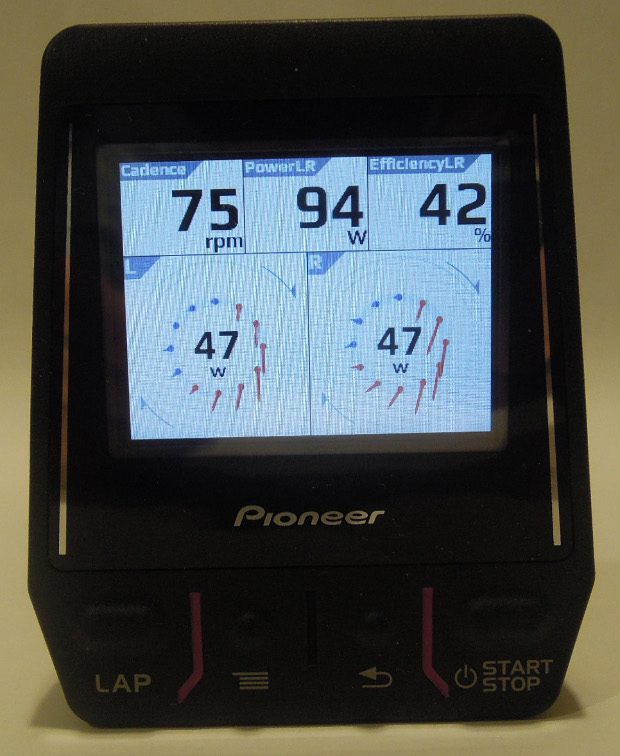
During my warm-ups, mid-workout rests and cool-downs, Iíd fight the blue and try and turn it red. So far, I havenít made an all red stroke on either foot. I think all red might not be possible. At my most efficient, those blue forces were only dots, without any lines showing the direction of my inefficiency. That old advice to move your foot at the bottom of the stroke as if you were scraping something from sole of your shoe turned the 8 oíclock blue dots redóa small victory.
I wasnít surprised to see that my right leg is stronger than my left. I experimented with working my left more. My left/right efficiency for a ride averages 40 per cent, hitting maximums in the 80s.
The SGX-CA900 Cyclo-computer
The power meter transmits all its data via ANT+, which means that the information can be sent to any compatible head unit, such as Garmin, PowerTap and Joule. However, if you want to see all the information about your pedal stroke, you need the Pioneer computer. The unit has a touch screen that allows you to navigate the myriad figures. Not only are there the graphics that show pedalling-force information, but the machine displays cadence. workout time, speed, distance, a heart-rate/time graph, a power/time graph, grade, a left/right tangential force graph, temperature and atmospheric pressure to name a few.
The Cyclo-Sphere Software
For all that data captured on each ride, Pioneer has its Cyclo-Sphere software. It allows you to upload the .db file created after your session. You can navigate all that information through clear charts and graphs. I appreciated the ease with which I could grab the average power for any chunk of time during the ride. The power information is paired with GPS data so you can see just how hard you were working on that climb. If you want to share things with your friends on Strava, you have to download the ride information out of Cyclo-Sphere into a .fit file, and then upload it to the social site.
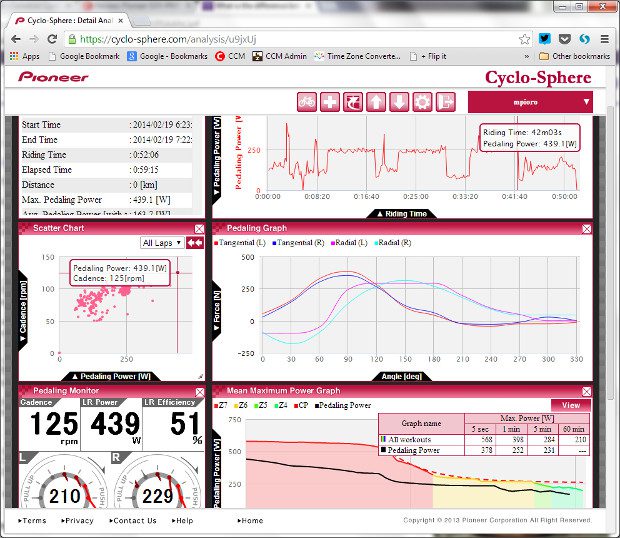
My quibbles with the software surround its installation and its management of firmware upgrades. The installation process isnít intuitive and contains some opaque instructions. When I upgraded the firmware, the unit hung up for more than an hour. Although I was instructed not to interrupt the upgrade process, I rebooted the machine. Everything turned out OK, but it was a bit frustrating.
The New Model
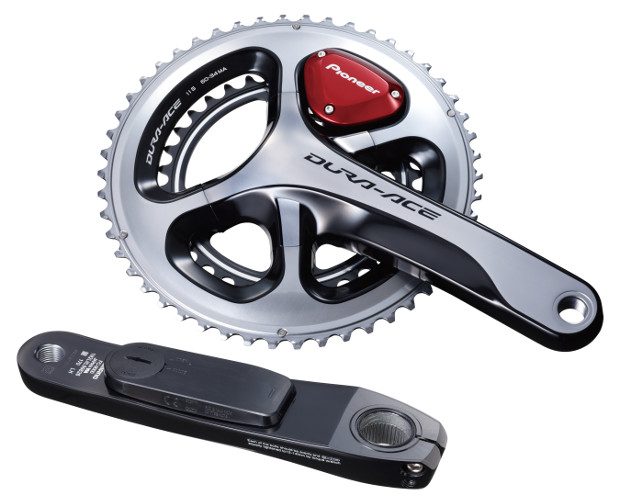
The new Pioneer power meter coming next month seems to have some improvements and concessions over the first model. As I mentioned, the new system will be compatible with a wider range of frames. On the older model, the ride-side transmitter had to be cable tied to the spider. That klugy setup is gone. Itís replaced by a plate that goes on the right crank arm to hold the transmitter. Also, the sensors lose some weight, from 72 g to 66 g.
Those 12-magnet rings have also been shed from the new system. In there place is one magnet per side, each of which works in conjunction with an accelerometer to calculate those 12 force readings throughout the stroke. The new system seems to rely more on extrapolation for that force data.
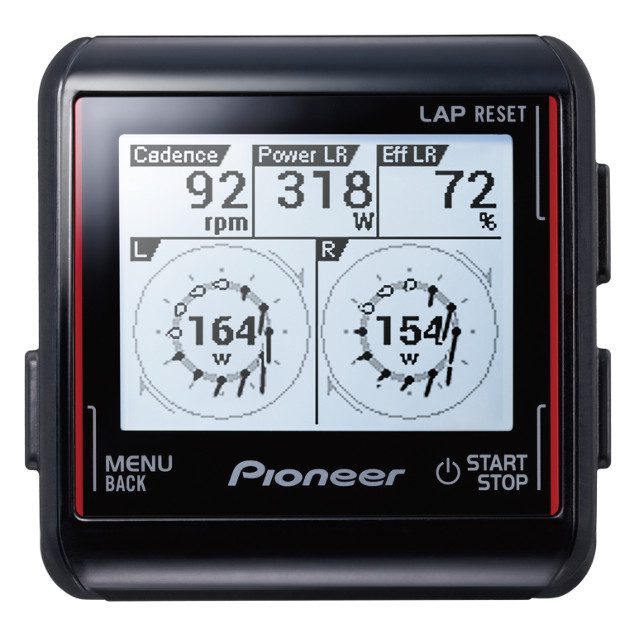
The new computer gets a bit lighter and loses the colour. Instead of fighting against the inefficient blue force, a cyclist will try to get the white forces to go black. The move to black and white and the drop in size mean the SGX-CA500 is cheaper than the †SGX-CA900. The new machine is $330 instead of $900. It also has Wi-Fi to make uploading ride data easier.
The first generation sensor kit has an MSRP of $1,600, which does not include the cranks. The new one is set for $2,000 for the complete Dura-Ace 9000 crankset and sensors, and $1,700 for Ultegra 6800 cranks plus sensors. The planned release for the new power meter is mid-March.
